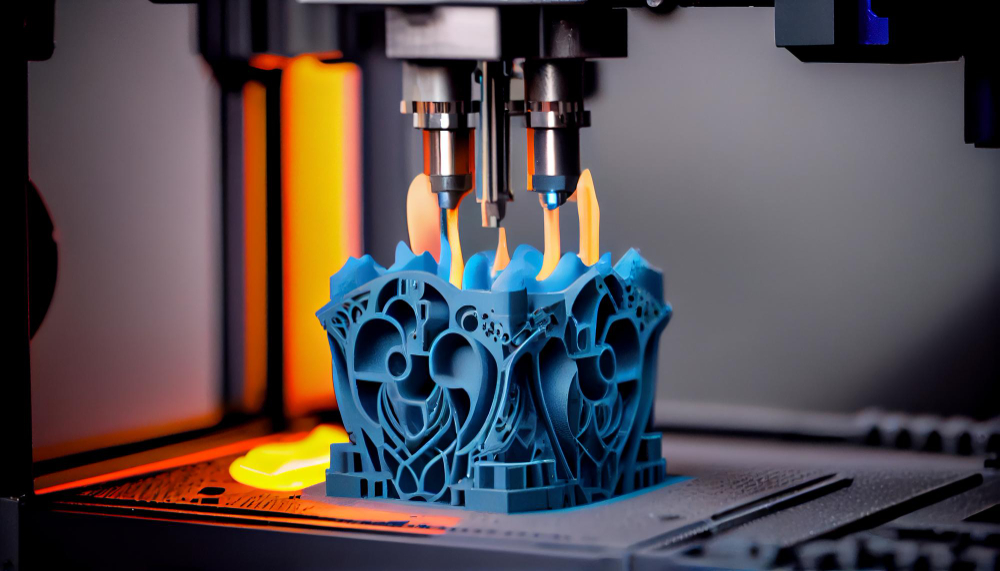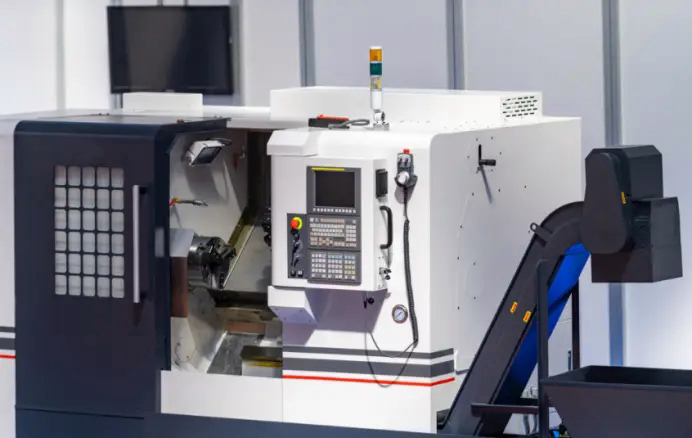
About CNC Machining Process
CNC machining, short for Computer Numerical Control machining, is a manufacturing process that utilizes computerized controls and precise machinery to produce custom-designed parts and components from various materials such as metals, plastics, and wood. In CNC machining, computer-aided design (CAD) software is used to create a digital model of the desired part, which is then translated into instructions for the CNC machine to follow. These instructions control the movement and operation of cutting tools, allowing for highly accurate and repeatable production of intricate shapes and geometries. CNC machining offers advantages such as increased efficiency, tight tolerances, and the ability to create complex parts with minimal human intervention, making it a widely used technology in industries ranging from aerospace and automotive to electronics and medical devices.
Materials For CNC Machining Parts
CNC machining can work with a wide range of materials, including metals (such as aluminum, steel, titanium), plastics (such as ABS, acrylic, nylon), wood, foam, composites, and even certain types of ceramics. The suitability of a material for CNC machining depends on factors such as its hardness, machinability, and thermal properties.
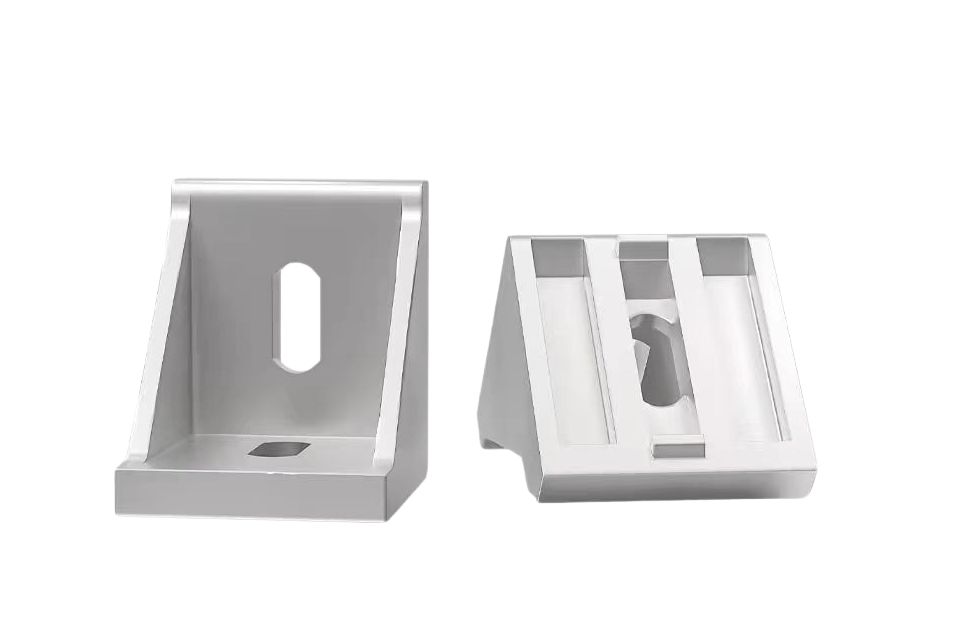
CNC Machining Aluminum Specifications
| Parameter | Description |
|---|---|
| Material | Aluminum (Alloy specified if any) |
| Tolerance | ±0.005 inches (±0.127 mm) |
| Surface Finish | As machined or specified (e.g., Anodized, Powder Coated) |
| Maximum Size | Depends on CNC machine capabilities, typically up to 25 inches (1000 mm) |
| Production capabilities | 10000 pcs per day |
| Lead Time | As fast as 3 days |
| Alloys | 2024, 5052, 6061, 6063,7050, 7075 |
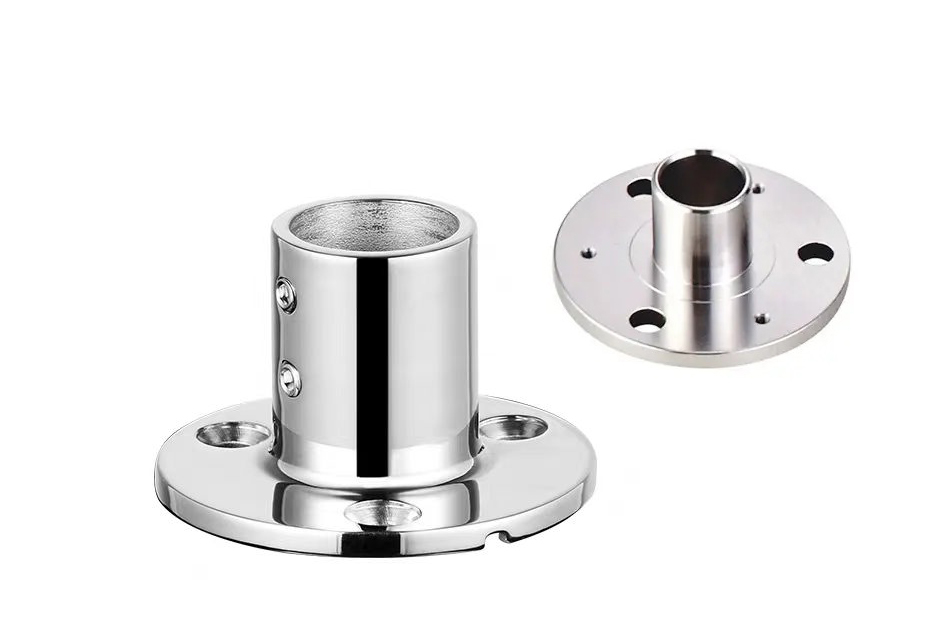
CNC Machining Stainless Steel Specifications
| Parameter | Description |
|---|---|
| Material | 304, 316 stainless steel |
| Tolerance | ±0.005 inches (±0.127 mm) |
| Surface Finish | As machined or specified (e.g., Anodized, Powder Coated) |
| Maximum Size | Depends on CNC machine capabilities, typically up to 78.74 inches 2000mm) |
| MOQ | No Limited |
| Lead Time | As fast as 3 days |
| Notes |
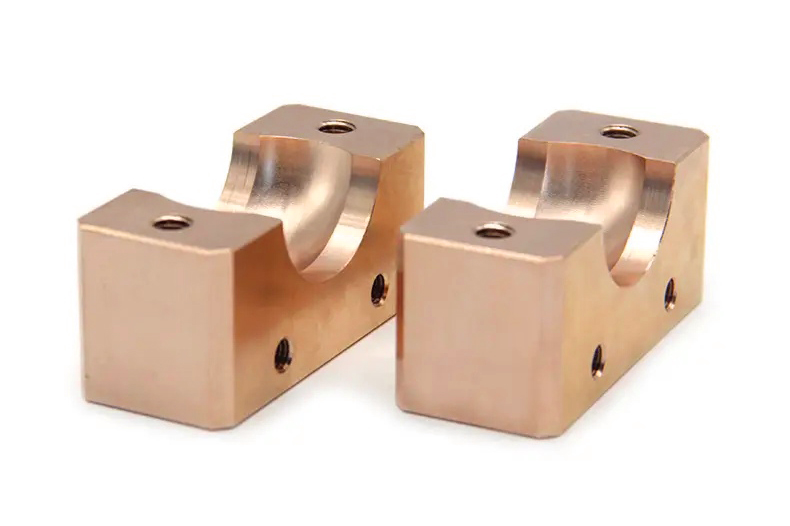
CNC Machining Copper Specifications
| Parameter | Description |
|---|---|
| Material | Aluminum (Alloy specified if any) |
| Tolerance | ±0.005 inches (±0.127 mm) |
| Surface Finish | As machined or specified (e.g., Anodized, Powder Coated) |
| Maximum Size | Depends on CNC machine capabilities, typically up to 70.87 inches (1800 mm) |
| MOQ | No Limited |
| Lead Time | As fast as 3 days |
| Notes |
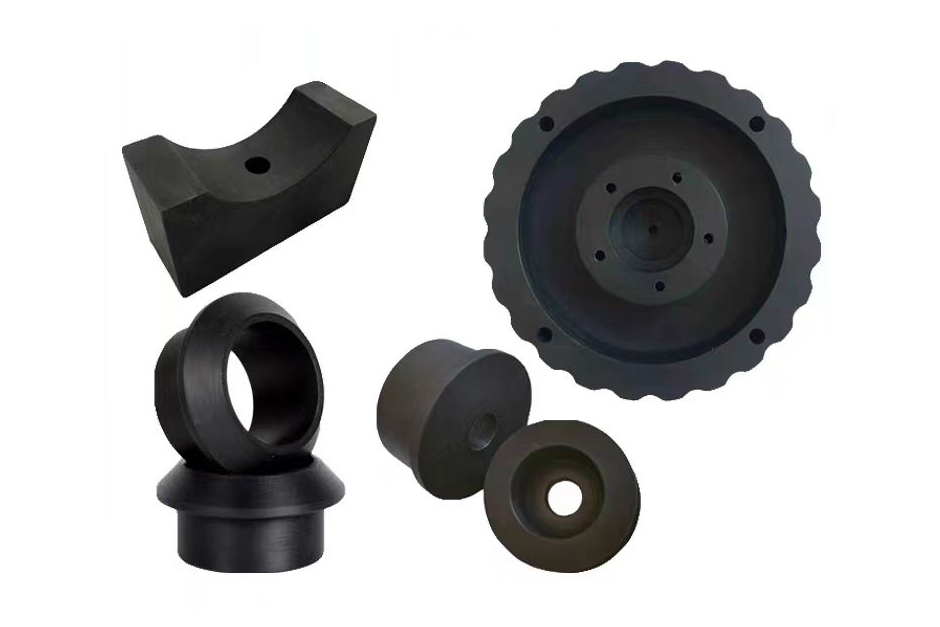
CNC Machining Plastic Specifications
| Parameter | Description |
|---|---|
| Material | ABS, PE, PVC, PP, PET, TPE, etc |
| Tolerance | ±0.005 inches (±0.127 mm) |
| Surface Finish | As machined or specified (e.g., Anodized, Powder Coated) |
| Maximum Size | Depends on CNC machine capabilities, typically up to 98.4 inches (2500 mm) |
| MOQ | No Limited |
| Lead Time | As fast as 3 days |
| Notes |
Our CNC Machining Capabilities
Our CNC machining capabilities encompass a wide range of precision manufacturing processes and services, enabling us to meet diverse customer needs with efficiency and accuracy. Some of our key capabilities include:
±0.02 mm tolerances
3-axis, 4-axis, 5-axis
3 days fast prototyping
metals, plastics, and special alloys
30+ professional machines for parts manufacturing.
anodizing, coating, plating, painting polishing, and more.
93.7% approval rate, ISO9001, ISO14001.
Quote within 1 hour, 30% less than competitors.
CNC Surface Finishes
There are wide range of surface finishes for CNC machining, such as: anodizing, bead blasting, electroless plating, laser engraving, powder coating, etc.
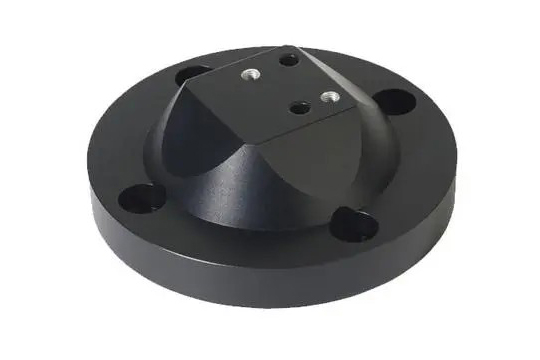
Anodizing
Anodizing, or anodic oxidation, is the electrochemical process of oxidizing metals or alloys. Specifically, when aluminum and its alloys are exposed to certain electrolytes and conditions, they form an oxide film on the surface (the anode) due to the application of an external current.
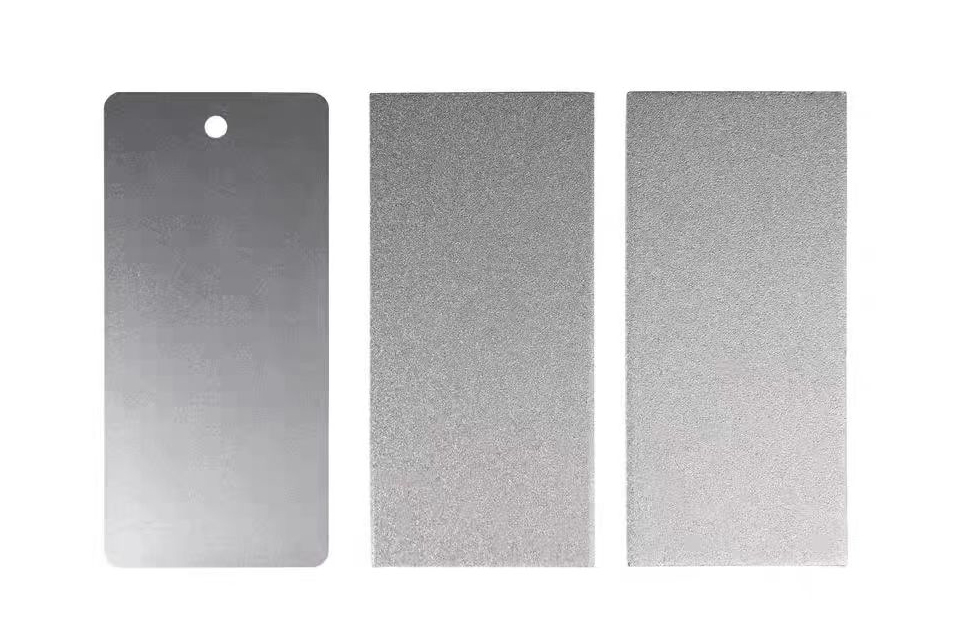
Bead Blasting
Bead blasting is a surface treatment method that uses compressed air to propel abrasive materials onto a workpiece, altering its appearance and improving its mechanical properties, adhesion, and coating durability.
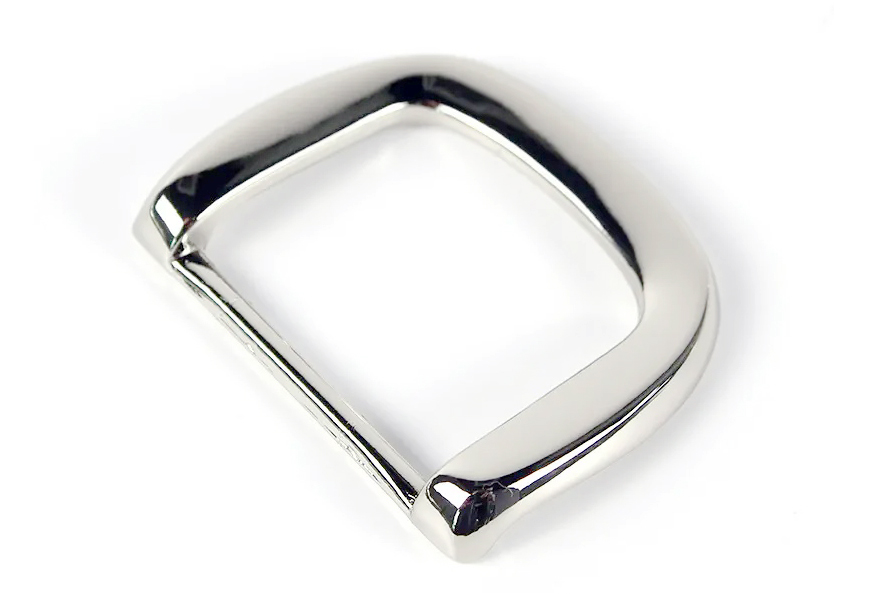
Electroplating
Electroplating is the process of applying a thin layer of metal or alloy onto certain metal surfaces through electrolysis. It helps prevent oxidation, improves wear resistance, conductivity, reflectivity, corrosion resistance, and enhances aesthetics.
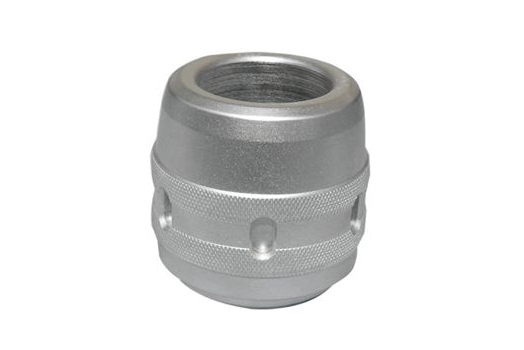
Electroless Plating
Electroless plating is a modern metal treatment technique gaining attention for its simplicity and environmental benefits. It improves corrosion resistance, lifespan, and functionality like wear resistance and conductivity.
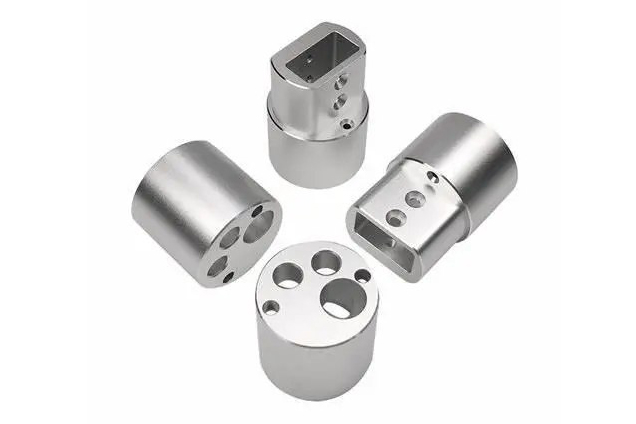
Laser Engraving
Laser engraving uses CNC technology with lasers to melt and vaporize materials instantly, achieving precise results without surface contact or deformation. It's fast, highly accurate, and applicable across various fields.
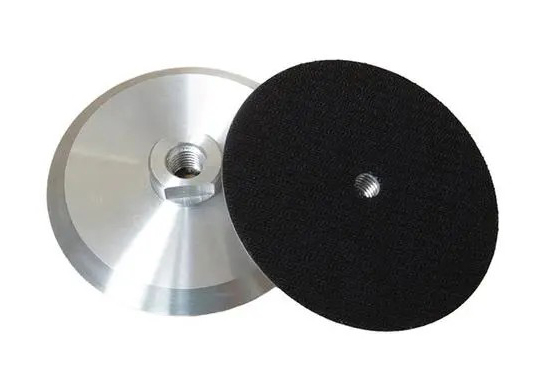
Metal Polishing
Polishing refers to the process of reducing surface roughness on a workpiece using mechanical, chemical, or electrochemical means to achieve a shiny, smooth surface. It involves using polishing tools and abrasive particles or other polishing media to refine the surface of the workpiece.
CNC Machining Case Study
We machine rapid prototypes and low & large volume production orders for customers in multiple industries: medical devices, aerospace, automotive, defense, electronics, hardware startups, industrial automation, machinery, marine and robotics, and many more.
FAQ About CNC Machining
CNC machining is known for its high precision, capable of achieving tight tolerances measured in thousandths of an inch (or even microns). The precision of CNC machining depends on various factors such as the quality of the machine, the accuracy of the control system, the rigidity of the setup, the cutting tools used, and the skill of the operator.
Common file formats compatible with CNC machines include G-code, which contains instructions for tool movement and machining operations; STEP (Standard for the Exchange of Product Data) and IGES (Initial Graphics Exchange Specification) for transferring 3D CAD models; DXF (Drawing Exchange Format) for 2D drawings; and STL (Stereolithography) for 3D models.
CAD (Computer-Aided Design) software is used to create digital models of parts or components, while CAM (Computer-Aided Manufacturing) software translates these models into instructions for the CNC machine. CAM software generates toolpaths, specifies cutting parameters, and optimizes machining processes for efficiency and accuracy. Integrating CAD/CAM streamlines the design-to-manufacturing workflow and enables faster production turnaround times.
Yes, CNC machines are versatile and can be used for both small-scale and large-scale production runs. They offer scalability and flexibility, allowing manufacturers to efficiently produce small batches of customized parts as well as large volumes of standardized components. CNC machines can be programmed to switch between different jobs quickly, minimizing downtime and maximizing productivity.
Several factors affect the cost of CNC machining, including the complexity of the part, the material used, the required tolerances, the quantity of parts being produced, setup time, machine time, tooling costs, and any additional finishing processes. Design optimization for manufacturability can also impact costs positively.

